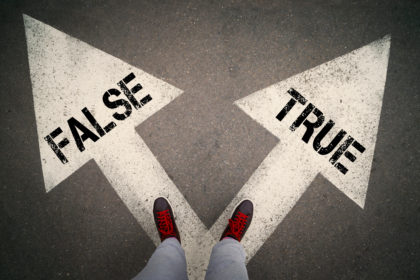We all have an attachment style. Attachment theory suggests that we form our respective styles in childhood. Our early relationships with our caregivers during childhood form how we build relationships as adults. Our caregivers (parents) are our first examples of social interactions and inform our styles. When a child perceives that a parent’s pattern is inconsistent, showing support and being responsive at times and not at other times, they might have difficulty differentiating what is going on at any given moment. Those kids will start to see social bonds as unstable and develop an anxious attachment style in relationships.
On the flip, some parents may over-parent their kids. Viewing their children as a vessel for their emotional hunger stems from a continuity of anxious attachment style passed from generation to generation. It’s not a genetic thing but more of learned behavior.
Symptoms Of Anxious Attachment Style In Adults
Also sometimes known as the Preoccupied attachment style, the anxious attachment style usually consists of adults who view their partner as “the better half.” You don’t want to be alone or without your partner; otherwise, it causes high anxiety levels. People with this attachment style usually have a low/negative self-image while having an overall positive view of others. Adults with an anxious attachment style often seek approval and support from their significant others. People with an anxious attachment style often feel anxious that their significant others are not as invested in the relationship as they are, which leads to a fear of abandonment. That fear leads to a need to feel safe when anxieties rise, which presents as clinginess and neediness.
What Does Anxious Attachment Style Look Like In A Relationship
Having an anxious attachment style as your style is akin to always being on an emotional rollercoaster. It can cause stress, unhappiness, and anxiety. Anxious attachment adults view rejection and the fear of being alone as bad. It’s a pit in your stomach that leaves you in a constant state of doubt and worry. It can leave you scared that maybe you aren’t worthy of love. And you start to think that the only way to fix your doubt and worry is by having your one person give you the attention and affection you seek.
On the other hand, being in a relationship can lead you down a mental rabbit hole just as poisonous as the fear of rejection. An anxious attachment adult might start to question their place in their relationship. Does their partner love them as much as they love their partner? This mentality can lead to disappointment or “rejection” when a partner doesn’t live up to uncommunicated insecurities, leading to low self-esteem.
Wanting To Make A Change
Just because you are one attachment style doesn’t mean you are stuck in that box forever. It will take some self-reflection, effort, discipline, and maybe some help from a mental health professional. Still, you can work towards a more secure attachment style (I will discuss this style in a different article.)
Learning to combat your mental spirals and negative insecure thoughts is not easy. Consistency is key. Communicating how you feel and your insecurities to your significant other is helpful. Your partner is not a mind reader and won’t know what’s going on in your head unless you tell them. A therapist is also a great way for you to reach out for help to help organize your emotional needs from your emotional insecurities. And if that seems like too much to start, there are so many great books on attachment styles. Whatever path you take, consistency and effort are the keys to your success. It’s like going to the gym. You don’t need to go hard 100% of the time. Rather, you should put in whatever effort you have that day and show up for yourself consistently. 30% effort every day is better than 100% effort once a week.
And if you don’t know your attachment style, there are a billion quizzes you can take online. Here is one of that billion. And if you want a small breakdown of each attachment style, I wrote an article on them.




